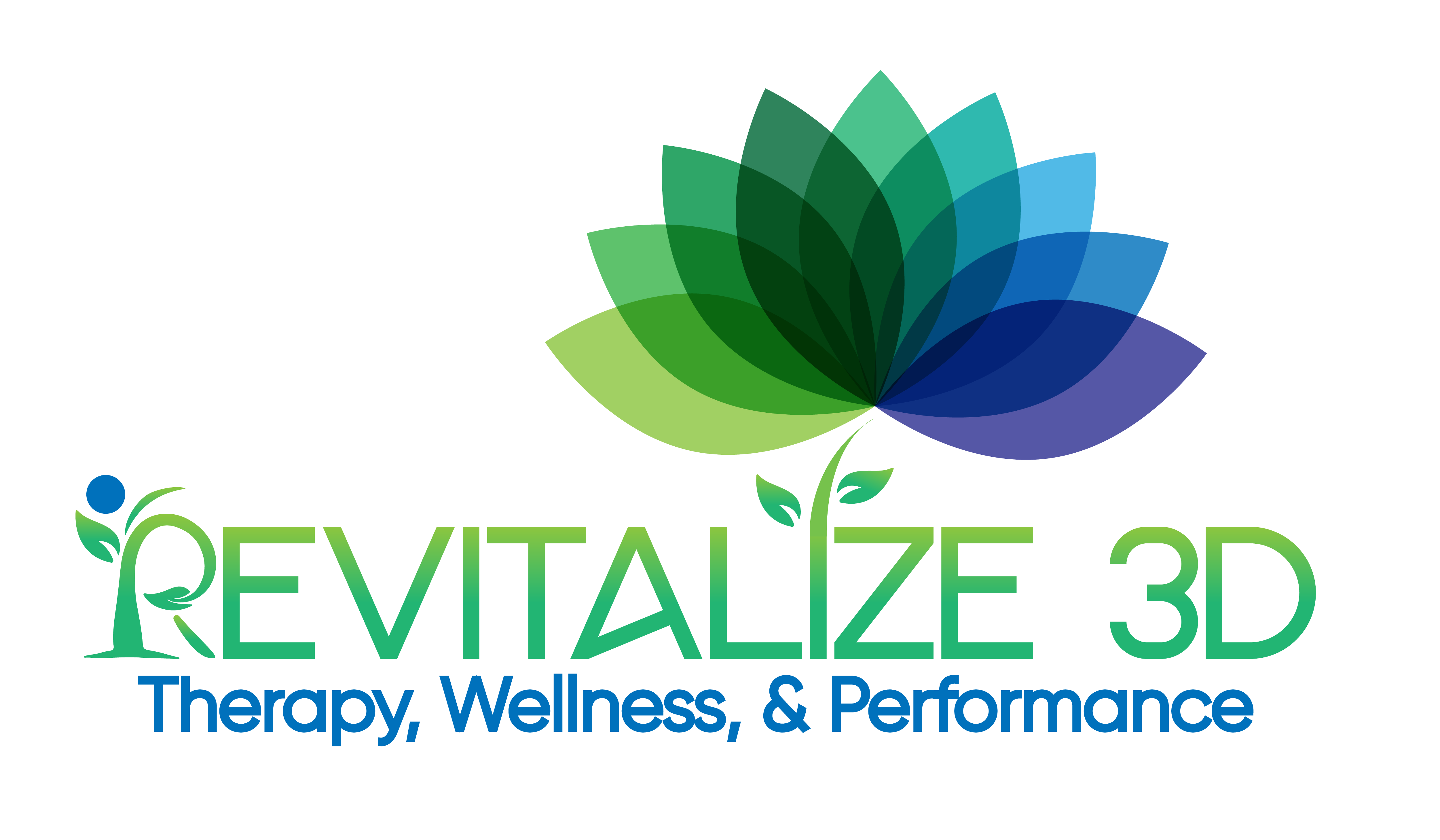Experiencing Physical Overexertion?
August 2022
Taking an active role in your wellness is vital to sustaining a healthy, happy lifestyle. As a CrossFit Coach and Physical Therapist, I strongly advocate for physical movement, regular exercise, and recreational participation. Movement is medicine. Physical activity benefits your heart’s health, enhances memory and brain function, protects against diseases, aids in weight management, improves sleep quality, and even assists in emotional and behavioral health. However, I urge caution in overstressing and overexerting the body, which can be counterproductive and dangerous to your health.
While “give it all you’ve got” and “push yourself” may be motivational encouragement, too much, too hard, too fast, combined with other life stresses, is not a healthy strategy and can lead to severe injury and setbacks. Overexertion is more than exhaustion. Overexertion occurs when you push yourself beyond your physical capacity resulting in pain, inflammation, and injury. According to the C.D.C., overexertion accounts for 34% of all workplace injuries, one of the leading causes of employees missing work.
Overexertion is often related to specific activities or motions. Repetitive movements are a main offender. Repeatedly moving a joint or muscle over a long period puts strain on your body—typing, assembly line, kicking, throwing a ball, playing instruments, sewing, etc. Overexertion may also stem from doing an activity incorrectly, putting stress on the muscles and joints—poor posture, lifting heavy items incorrectly, and incorrect form when exercising. Sudden, abrupt, forceful movements can also increase risk of overexertion. This is not to say that activities such as running, hopping, jumping, double-unders, skipping, kipping pull-ups, muscle-ups, or other ballistic movements are bad for you in any way, but we need to understand how to execute and dose them properly.
Recognizing when you may be reaching the danger zone of overstressing and overexerting your physical body is essential to prevent injury and avoid potential adverse effects.
Signs of overexertion:
- Lingering soreness – You stress your heart, lungs, muscles, and bones when you exercise or perform daily physical activity. This stress can be good for the body and help you gain strength. Stress from physical exertion causes small tears in the muscles. These small tears are healthy and the expected result of exercise and activity. Soreness should typically go away independently after a few days (between 24 and 72 hours) as the tears repair. But sometimes, the soreness does not go away; This is a red flag that you have crossed the risk zone and possibly injured yourself. Muscle soreness is usually dull and felt all over, while injury can be more pinpointed. Muscle soreness usually affects both sides of the body (both hamstrings, both shoulders), while an injury is often unilateral, affecting one side or spot. If soreness continues for a week or more and begins to limit your ability to carry out routine day-to-day tasks, you might be dealing with more than just post-work stresses.
- Fatigue – Daily work or a strenuous workout should leave you somewhat exhilarated, not exhausted. Fatigue, even when performing low-intensity activities or lasts days, may mean that the muscles and energy storage are unable to replenish. You may notice increased irritability for no reason, or you begin to make mistakes in exercising that can lead to injury.
- Pain – Sharp, achy, burning, tingling, throbbing, or pinching that continues after you’ve completed an activity is a red flag. Pain should be short-lived and resolved soon after you stop. Pain that does not go away with rest is not normal, especially if it begins to affect your sleep or daily activities.
Common injures caused by overexertion include:
- Muscle sprains, strains, tears, and pulls
- Tendonitis
- Carpal Tunnel
- Joint dislocations
- Torn meniscus
- Herniated discs, slipped discs
- Stress fractures
- Tendon tears
- Joint dislocation
- Inflamed connective tissue
Overexertion is costly and can have lifelong effects on your health. The typical recommendation for overexertion is medication, mainly pain killers. While drugs have a place in healthcare, we strongly rally against them if possible. Their side effects are too dangerous and significant. The C.D.C. recommends safe alternatives like physical therapy over opioids to manage pain.
If you notice signs and symptoms of overexertion, allow yourself time to rest and focus on healthy habits.
- Get enough good sleep.
- Eat nutritious meals and snacks.
- Stay hydrated.
- Use correct lifting techniques
- Use material-handling aides
- Ask for help instead of muscling through
- Minimize reaching, bending, and awkward twisting
- Stretch
- Take breaks
- Practice good posture
- Switch up your routine
- Try relaxation techniques
- See us at Revitalize 3D.
At Revitalize 3D, we cover all domains of wellness and empower our patients with knowledge, skills, and confidence to manage life’s stresses and overcome physical obstacles. We begin with a comprehensive whole body evaluation when you come to see us. We utilize a biopsychosocial approach to diagnosis and treatment. We implement a combination of manual therapies, specific and targeted therapeutic exercises, pain neuroscience and other patient education, and various other adjunct modalities to help you achieve your goals. Together we will create a wellness program offering guided exercise, sleep, and nutrition to improve resilience against musculoskeletal stress injuries. We will review proper safety precautions and teach you proper techniques for lifting, carrying, and other body mechanics.
Whether you’re a competitive athlete or have a job that requires being on the move, don’t let pain limit you. Overexertion doesn’t mean you’re weak or unable to perform. It’s a sign that your body needs rest and help. Contact Revitalize 3D today! We are equipped with the resources necessary to treat your pain, help you find relief and recovery from overexertion, and educate you on how to avoid it.
